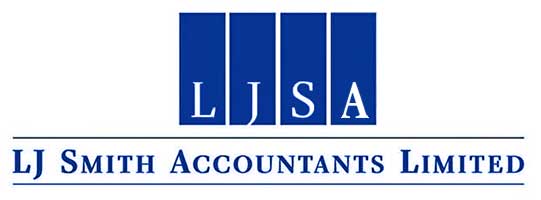Ensure suppliers don’t charge VAT incorrectly
HMRC officers will often check that a business has not claimed input tax on supplies that should be exempt, zero-rated or outside the scope of VAT. It can only claim correctly charged VAT. What are the three main risk areas that businesses should be aware of to avoid a problem with HMRC?

The legislation
The law is clear: a business can only claim input tax on taxable supplies of goods or services that it receives and which are used for the purpose of the business. It must hold proper evidence to support the claim, usually a VAT invoice issued by the supplier.
So, if the supplies in question are not subject to 5% or 20% VAT, the business cannot claim any input tax, even if the supplier has issued a proper tax invoice that includes their VAT registration number and has added VAT to the sale.
If any suppliers have incorrectly charged VAT, the affected business should ask them for a replacement invoice or a VAT credit.
Three risk areas
HMRC seems to focus its efforts on three main areas where suppliers often charge VAT incorrectly.
TOGC. There is no VAT payable on the sale of a business - or part of a business - where the conditions of a transfer of a going concern (TOGC) have been fully met. The sale proceeds are then outside the scope of VAT.
Option to tax. If the business buys a property, or an interest in land or buildings, it should ask for proof that the landlord or seller has opted to tax the property with HMRC if they are charging VAT.
Building work. A common error is that builders often play safe and charge 20% VAT on a supply of services and materials that qualify for the 5% rate, e.g. work that converts a commercial building into dwellings is subject to 5% VAT. Businesses should ask their builder for a 15% VAT credit if this situation applies.
There is a potential get-out clause with the TOGC problem. If HMRC is satisfied that the seller has included output tax on a VAT return and paid the tax due, it will usually allow an incorrect input tax claim. But this is a last-resort strategy and is not guaranteed.
Care is needed with the option to tax issue. The business should ideally see HMRC’s written confirmation of the election, which will include the date when it took effect or, at least, proof that it has been sent and received by HMRC, e.g. email confirmation.
What should businesses do?
It is important that all businesses have systems in place to check purchase invoices where there are large amounts of VAT involved, as these are most likely to be reviewed by HMRC. They might want to introduce authorisation procedures so that, for example, any invoice showing more than £1,000 of input tax is checked by a senior member of the finance team. They shouldn't be afraid to challenge a supplier if it appears the VAT is overcharged.
There are other reasons to ensure the business doesn't pay too much VAT. For example, stamp duty land tax is charged on the VAT-inclusive cost of buying a property, so there is an potential extra bill here.
Related Topics
-
Planning ahead for pension salary sacrifice changes
From 6 April 2029, both employers and employees will be required to pay Class 1 NI on pension contributions in excess of £2,000 made through a salary sacrifice arrangement. What can you do about it?
-
Gift relief to be "modernised"
A restriction on gift holdover relief will be reformed in 2026. This will affect gifts of certain shares, so what's the full story?
-
Government rushes through NI cap on pension salary sacrifice
The government has already drafted legislation to impose a £2,000 limit on NI exempt pension contributions under salary sacrifice arrangements. What else do we know?






 This website uses both its own and third-party cookies to analyze our services and navigation on our website in order to improve its contents (analytical purposes: measure visits and sources of web traffic). The legal basis is the consent of the user, except in the case of basic cookies, which are essential to navigate this website.
This website uses both its own and third-party cookies to analyze our services and navigation on our website in order to improve its contents (analytical purposes: measure visits and sources of web traffic). The legal basis is the consent of the user, except in the case of basic cookies, which are essential to navigate this website.